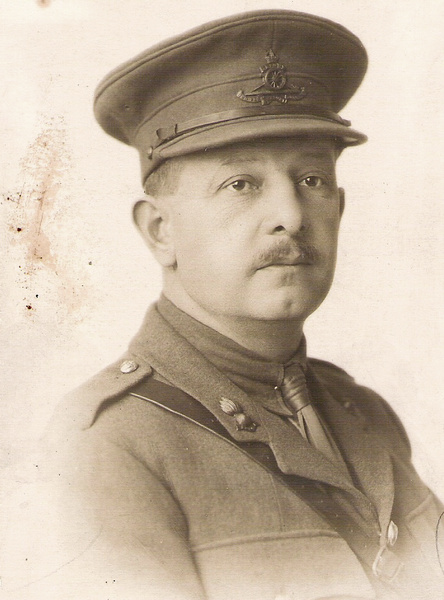Arthur Frederick Bayley, Royal Field Artillery

Collection
Identifier
AB-s13
Notes
University of Bristol - Historical Photographs of China reference number: AB-s13. Arthur Frederick Bayley was born in Galle, Ceylon (now Sri Lanka) on 8 March 1878, where his father had settled as a tea planter, the youngest of six brothers and one sister. He was educated at Rugby School like his brothers and then took a degree in engineering at Coopers Hill Civil Engineering College near London. He took a commission in the Royal Field Artillery and was sent to Woolwich Barracks. He played rugger for Blackheath as, although only 5ft 7½ inches tall, he was fast and strong. He was promoted to Second Lieutenant in 1900 and served in China from January to November 1901 during the Boxer Uprising, where at one point, to protect his soldiers’ payroll, he slept on the money in the Temple of Heaven in Peking. Promoted to Lieutenant in April, he was sent to the North West Frontier Province in India in November 1901, aged 22, defending it against the invading Pathans. In 1908, in Bombay Cathedral, he married Constance Hall (aged 21) from Ealing, London. They had two children, Desmond and Sheila, both born in Nowshera (now in Pakistan), in 1912 and 1915. By then he and his Regiment had left India with their horses to fight in France. (His horse survived to retire with him.) Promoted to Major in 1914 and then to Lieutenant Colonel in 1917, he was awarded the DSO for commanding two Brigades for more than 10 days on the Somme in March 1918, with great coolness and ability, delaying the advance of the enemy. He returned to India with his family in 1919 until he was posted back to England in 1921, and promoted to Colonel of the 25th Brigade of Gunners at Bordon near Aldershot in 1924. He retired in 1928 and eventually bought a garage, as he had always liked working on cars. During the Second World War he was an Air Raid Warden in London, where he and his wife then lived, and was injured by shrapnel while dealing with an incendiary bomb. These injuries contributed to his death in Norwich Hospital on 19 May 1949.
Estimated Date
1914-1918
Material
Paper
Media
Black and white photograph





